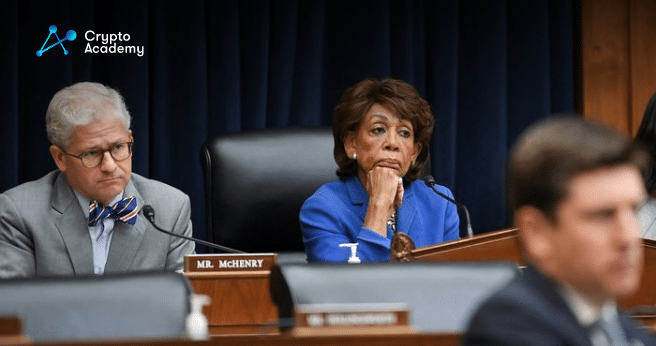The US House Subcommittee debated on two conflicting stablecoin regulation bills, focusing on state versus federal oversight.
The new Subcommittee on Digital Assets, Financial Technology and Inclusion, under the House Committee on Financial Services, hosted a hearing on stablecoins on May 18. A panel of five experts attended this session, helping assess two conflicting draft bills designed to regulate stablecoins. The discussion brought to the fore the complexity of balancing state and federal regulations on stablecoin issuers.
This hearing was held to consider two distinct draft bills proposed by Republicans and Democrats. The Republican bill was first unveiled in April, ahead of a separate Financial Services Committee meeting discussing stablecoins. Later, a rival bill was presented by Maxine Waters, the ranking member of the committee.
The focal point of the disagreement centered around the regulation of stablecoins at the state level, described as a potential “race to the bottom”. The Republican bill proposed that stablecoin operators have the right to select their state of registration, sidestepping the Federal Reserve Board’s oversight.
Advocates of this bill believe that it would forestall this perceived downward race and create a regulatory environment that mirrors the dual federal/state banking regulation system that currently exists in the US. However, Democrats remain skeptical. Their proposed bill seeks to maintain federal control over stablecoin regulation, ensuring that the designated regulator handles supervision.
Balanced Regulation and Stablecoin Future
Davis Polk & Wardwell partner, David Portilla, proposed a compromise. He highlighted that federal regulation would guarantee consistent rules for stablecoin issuers, while state regulation could encourage diversity and innovation in regulatory methods and supervision. In his view, the decision doesn’t have to be a stark one-or-the-other choice.
According to Portilla, the existing regulations are not equipped to handle stablecoins effectively. In addition to establishing a “floor” for federal involvement in stablecoin regulation to set baseline standards, he suggested implementing a “toggle” depending on the size of the issuer. He contrasted this with the Republican bill which treats all issuers uniformly, irrespective of their size.
The concept of national interest became a recurring theme during the hearing. Rep. Brad Sherman, a staunch critic of cryptocurrency, expressed concerns that a dollar-backed stablecoin could pose a threat to the traditional dollar, potentially weakening the impact of U.S. sanctions.
Venture capitalist Matt Homer from firm XYZ stated his belief that the development of stablecoins is inevitable, regardless of the regulatory landscape. He pointed out that both offshore and U.S. issuers have the freedom to create dollar-backed stablecoins. Homer suggested that these developments should occur under U.S. oversight to ensure regulatory control. Warren Davidson, a known cryptocurrency supporter, backed this sentiment.
CEO of the USDF Foundation, Robert Morgan, defended the current regulatory system. He also spoke about how tokenization could present a new opportunity for traditional banks, describing it as a “third way.” Moreover, this House hearing illuminated the regulatory challenges posed by stablecoins and highlighted the importance of finding a balanced approach to ensure their sustainable future.

